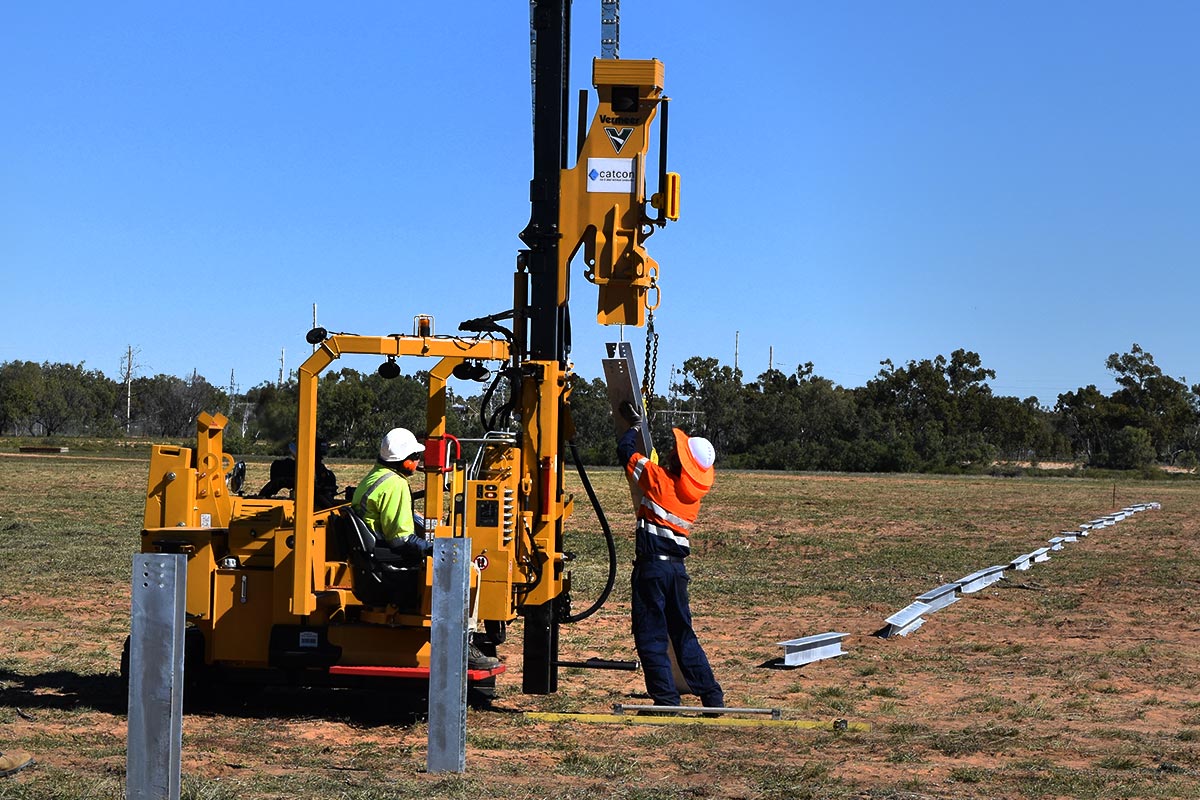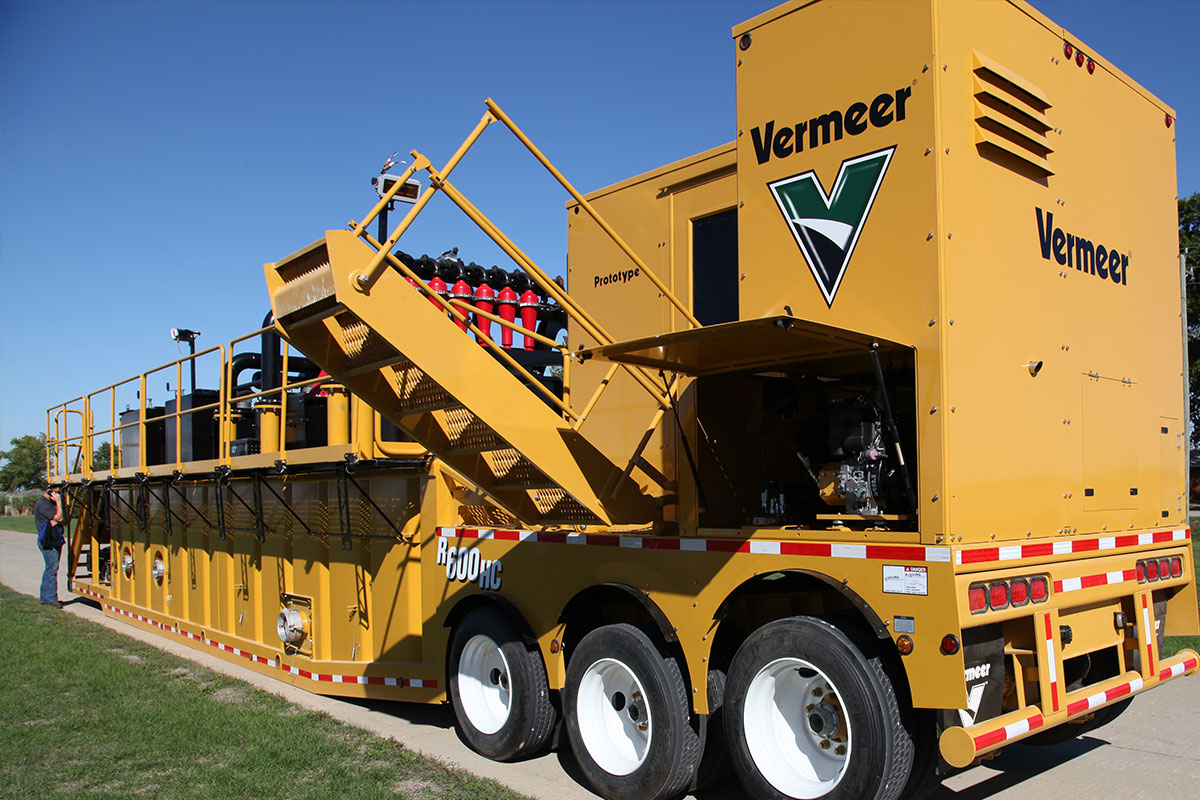The cost of generating electricity from solar sources is expected to fall significantly in the next 10 years, with components like mounting systems among the best cost reduction opportunities, according to a new report on renewable energy.
The International Renewable Energy Agency (IRENA) report, The Power to Change, said that the average cost of electricity in solar photovoltaic (PV) systems could fall up to 59 per cent by 2025. Solar PV currently generates two per cent of the world’s electricity, but this could grow to as much as 13 per cent by 2030. IRENA Director-General Adnan Z. Amin said that these cost reductions, combined with other factors, could create a global expansion of solar power.
Mr Amin said, “The renewable energy transition is well underway, with solar playing a central role.
“World electricity demand is expected to grow by more than 50 per cent by 2030.
“To meet this demand while also realising global development and sustainability goals, governments must implement policies that enable solar to achieve its full potential.”
The IRENA report said that the reductions would be driven by “increasing economies of scale, more competitive supply chains and technology improvements that will raise capacity factors and/or reduce installed costs”.
Solar PV technologies are expected to evolve, resulting in higher module efficiencies and reduced costs. As these equipment costs fall, operation and maintenance becomes a greater share of electricity generation costs.
Mechanical installation and mounting
In solar PV, balance of system (BoS) components ‒ those other than solar panels, such as wiring, battery, and mounting systems ‒ are expected to become more important in cost reduction. For solar PV, these components often represent “the largest source of cost reduction opportunities”.
IRENA identified a number of categories in which cost reduction could be expected. Piling systems are among the potential cost-cutting areas. The report said, “Automatic and programmable piling machines and further optimised mounting tools for the installers are also expected to become more widely used than today.”
Racking and mounting is expected to contribute 15 per cent to total potential for BoS reduction.
“Today, many mounting systems are based on appropriate designs, but in many markets, especially newer ones, cost inefficiencies can be quite large.”
“Mounting structures are sometimes heavily over-dimensioned, partly since civil engineers are not familiar with the technology and apply inappropriate security factors in their calculations.”
This issue is compounded on the local level by the lack of regulations or standardisation of PV. Consequently, the cost of racking can be between two to five times the best practice at current levels. The report said for ground-mounted systems, racking costs could be brought down to best practice levels by “optimising” mounting foundations.
“Mechanical installation costs are linked to local labour costs, but heavily influenced by the optimisation, or lack thereof, in terms of organisation and planning, logistics and the experience levels of key personnel.
“An additional component that can contribute to the reduction potential is the optimisation of the hardware used for the installation, which has the effect of reducing installation time by cutting the labour needed.”
Vermeer’s PD10 solar array pile driver
Ground-mounted solar power systems typically hold solar panels in place with racks or frames, supported by piles. The pile mounts must be driven directly into the ground to precise level and orientation to ensure optimum efficiency and to avoid shadow. Vermeer National Marketing Manager Steve Reeves says the PD10 pile driver offers a robust solution to solar industry contractors.
“Conventional pile drivers can struggle to handle the scale of commercial solar fields, which may comprise thousands, or even millions, of piles,” Mr Reeves said.
“When installing piles, numerous challenges may arise depending on the site’s conditions. Precision is essential, and the PD10 can utilise laser and GPS to ensure accurate pile placement whilst maintaining speed of installation. And it needs to be able to do that on what can be a 24/7 rotation, meaning robustness and on-the-ground product support is non-negotiable.”
These challenges faced by solar installers inspired Vermeer’s development of the PD10, which has a number of features to facilitate accurate and speedy installation:
- The machine’s mast automatically moves to a plumb orientation with a touch of button, reducing both cycle time and out-of-plumb piles.
- Accepting a range of GPS systems, the PD10 reduces surveying time and installs piles at the correct location, depth and angle. The InSite Fleet asset management system allows remote monitoring.
- Its precise ground drive control allows operators to minimise time installing each pile.
- Dual joystick controls help to implement the above mentioned features in the fastest and most accurate way.
Mr Reeves said the effectiveness of the PD10 pile driver has proven to dramatically reduce installation timeframes, thus contributing to reduced cost and better margins for contractors.
“Not only is Vermeer’s equipment robust and reliable, but we have an international network of dealers in over 60 countries, ensuring that no matter the customer’s location, parts and service are readily available.”

 MyDealer:
MyDealer:


